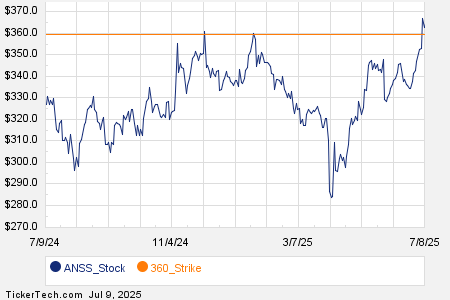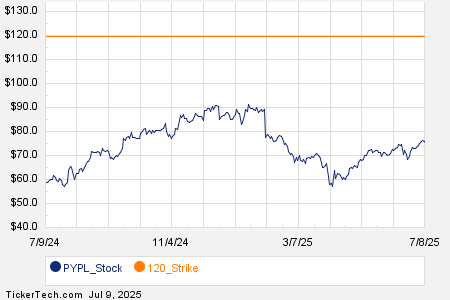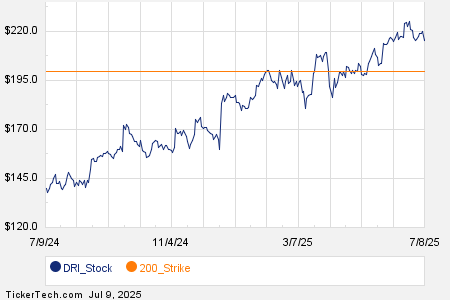We are halfway through the third full year with daily expirations for NDX index options. As the market is relatively new, the results for buying or selling 1-day at-the-money (ATM) straddles continue to vary over different time periods. also, the pricing of those straddles has varied widely, when compared to the underlying. Something we believe is a function of short ATM straddle performance.
Methods
To calculate performance for straddle selling and buying performance each ATM call and put is priced using the mid-point of the closing bid – ask spread. To account for slippage, 2 points are subtracted from each trade. The logic behind this is a point for commissions and a point for either buying above or selling below the midpoint of the spread. The trade result is based on exiting on the market close, replicating cash settlement.
Previous Results
Before jumping into the most recent six month’s activity, we take a quick look at how straddle buyers and sellers would have performed in 2023 and 2024. Starting with straddle sellers, a consistent seller of an NDX 1-day ATM straddle would realize losses in both 2023 and 2024, with 2024’s outcome a dramatic loss of 3,376.85. The average short trade loses 0.47 in 2023 and 14.13 is 2024. Both the best and worst result for straddle sellers occurred in 2024.
Data Sources: Nasdaq & Author Calculations
Recall, slippage is incorporated into these results, so the long trades are not the inverse of the short results. Buyers of straddles had a difficult 2023, resulting in a net loss of 850.15. Note that in 2023, both buyers and sellers of straddles realized losses when trading costs are considered. A consistent buying program of atm straddles profited by over 2400 points in 2024 with an average gain of 10.13 points a trade. The best long trade in 2024 gained 599.34, contributing almost a quarter of the net profit for 2024.
Data Sources: Nasdaq & Author Calculations
First Six Months 2025
There is a distinct constrast between 2023 and 2024. The first half of 2025 has it’s own unique outcome as a single month weighs on year-to-date short 1-day straddle performance. April, the month when the initial tariff announcement was made, was disasterous for NDX straddle sellers with a loss of 1850 points. If a trader had avoded that month or even just the worst day (loss of 1423 points) they would be profitable on the year. That is the nature of consistent option selling with periods of underperformance followed by slow consistent profits.
Data Sources: Nasdaq & Author Calculations
The two most recent months have been profitable, something we think may be a function of the poor performance in April. Specifically, option sellers may have decided to stay on the sidelines after the large moves associated with the tariff announcement. An absence of premium sellers may boost prices, offering those still taking short positions to benefit from that approach.
Straddle buyers have accumulated profits over 870 points for the first half of 2025. April’s positive performance of 1770 points is more than 200% responsible for this result.
Data Sources: Nasdaq & Author Calculations
In addition to monitoring the profit and loss of short-dated option selling, we pay attention to the straddle premium as a percentage of NDX. The chart below shows the maximum, minimum, and average premium by month covering January 2023 through June 2025.
Data Sources: Nasdaq & Author Calculations
April, the worst month on record for straddle sellers, was also the month with the most expensive straddles, averaging just under 2%. This figure is more than two times the long-term average of 0.93%. Note, in May this figure is 1.04%, still higher than the long-term average, despite option sellers profiting that month. June’s figure was 0.80%, below the long-term average, but appropriate relative to subsequent price action demonstrated by straddle sellers seeing a profit of 410 points that month.






